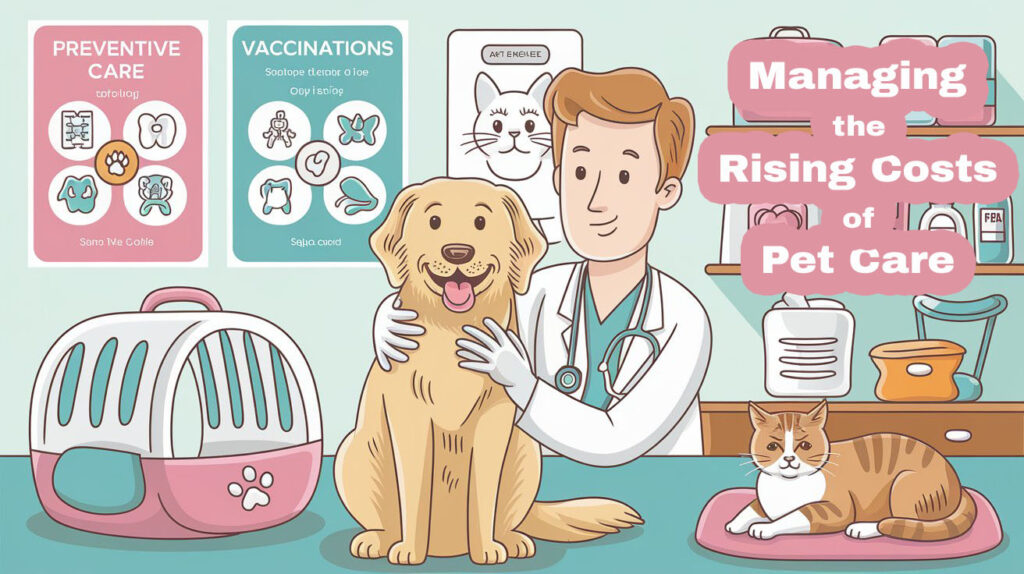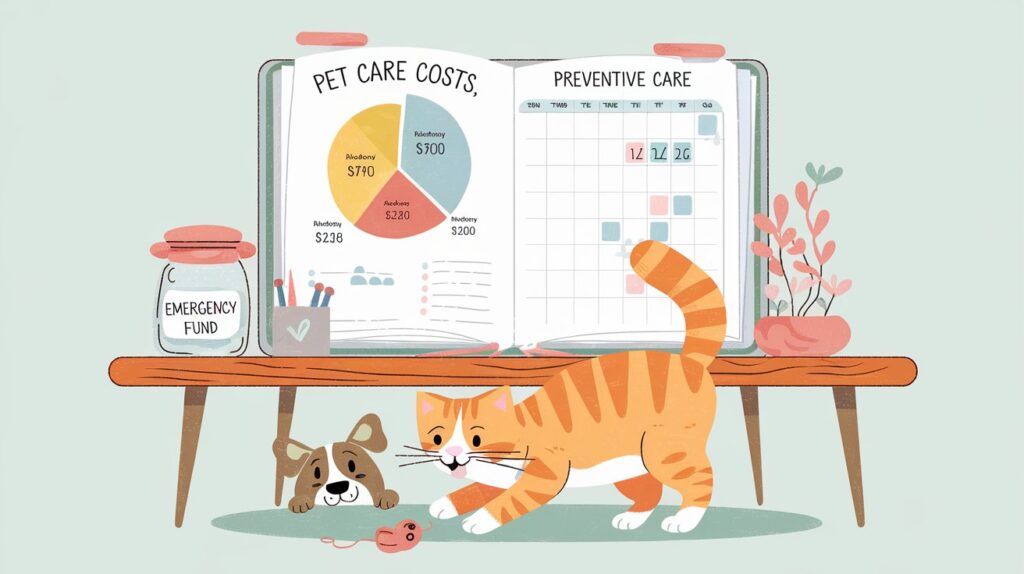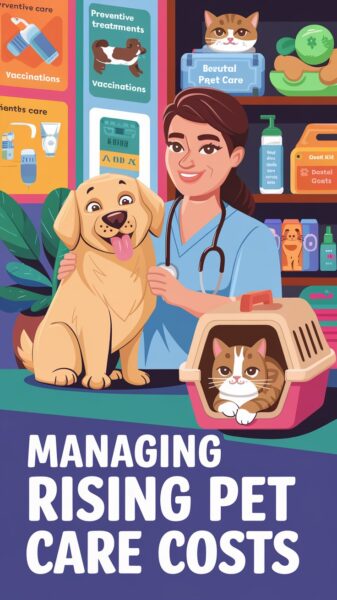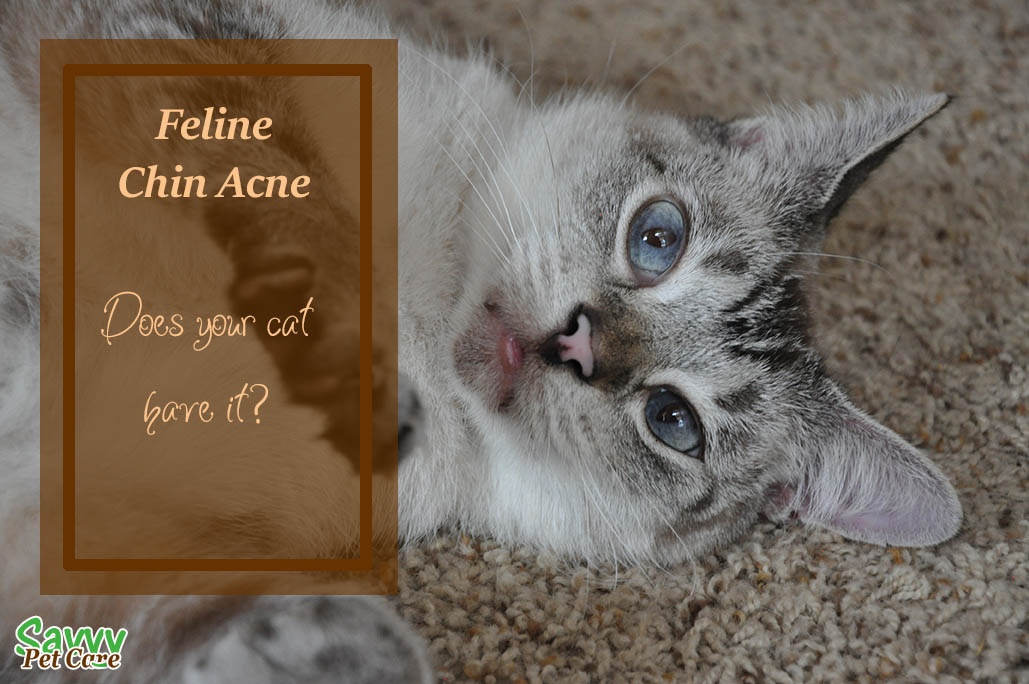If you’re like me, your pets are family. From their wagging tails or soothing purrs to the way they brighten even the toughest days, they mean the world to us. But let’s face it—being a pet parent isn’t always easy on the wallet. In fact, studies show that in 2024, unexpected health events for pets averaged $560.80, yet fewer than half of pet owners felt financially prepared to manage ever rising pet care costs.
It’s no secret that the cost of pet care is rising. Advances in veterinary medicine, higher prices for everyday necessities, and our growing desire to give our pets the best are driving these increases. While we want to provide everything they need, unexpected expenses can quickly add up, leaving many pet owners feeling overwhelmed.
But here’s the good news: with a little planning and a few smart strategies, you can ensure your pets get the care they deserve—without breaking the bank. In this post, I’ll share practical tips for managing pet care expenses, from building an emergency fund to investing in preventive care. Plus, I’ll recommend some affordable and essential products, like a pet first aid kit or flea and tick preventives from Amazon, that can help you save money while keeping your furry friends happy and healthy.
Let’s dive in and take control of pet care costs, so we can focus on what matters most—making memories with the pets we love.
Why Are Pet Care Costs Rising?
It’s no surprise that pet care expenses have been climbing steadily, but understanding why can help us plan better. Here are some key reasons driving the increase:
1. Advances in Veterinary Medicine
Just like in human healthcare, advancements in veterinary technology have made treatments more effective—and more expensive. Modern diagnostics, surgical techniques, and specialty care are incredible tools for improving our pets’ lives, but they often come with a hefty price tag.
2. The Humanization of Pets
Many of us consider our pets part of the family, and this shift in mindset is reflected in our spending habits. From luxury grooming services to organic treats, we’re investing in their well-being like never before. While this is great for our pets, it can strain our budgets.
3. Inflation
From the cost of veterinary supplies to everyday essentials like toys and litter, inflation is impacting everything—including pet care. Unfortunately, these rising costs are often unavoidable, which is why proactive planning is key.
To help offset some of these costs, consider investing in items that make pet care easier and more affordable in the long run. For example, a Pet First Aid Kit is an essential tool for handling minor injuries at home, saving you an unnecessary trip to the vet.
Common Pet Care Expenses
When we think about caring for our pets, it’s easy to focus on the daily costs, but there are several categories of expenses that every pet owner should prepare for. Here’s a breakdown:
1. Preventive Care
Routine check-ups, vaccinations, and parasite prevention are essential for keeping your pet healthy. These measures might seem costly upfront, but they can save you money (and heartache) by preventing serious illnesses.
- Regular flea and tick treatments like Advantage II or Frontline Plus are great options to keep parasites at bay. Find them on Amazon.
Whatever brand of flea preventative you choose, be sure it also contains an insect growth regulator (that’s the II and Plus).
2. Unexpected Emergencies
Accidents and illnesses can strike without warning, and veterinary emergencies often come with high costs. Whether it’s surgery, X-rays, or hospitalization, these situations can quickly drain your savings.
3. Everyday Costs
Food, toys, and supplies like beds and grooming tools add up over time. These are recurring expenses that should be factored into your monthly budget.
- Keep your pets entertained and happy with budget-friendly toys like the Cat Dancer Interactive Toy, a personal favorite for almost every cat I’ve known! Check it out on Amazon.
The original Cat Dancer I bought years ago came with a felt pad that you stick on something and it holds the toy so you don’t have to. I was disappointed when the ones I purchased recently didn’t have that. Turns out you have to get the DELUXE one for the pad. I highly recommend that. It’s hard to find a place otherwise to anchor it so you’ll be holding it like a feather wand. Either way, though, your cats will love it!
4. Dental Care
Dental health is often overlooked but can lead to expensive treatments if neglected. Regular brushing and dental chews can help maintain oral health and prevent costly cleanings.
- Enzymatic toothpaste and dental kits designed for pets are excellent preventive tools. Find one here.
Steps to Financial Preparedness for Rising Pet Care Costs
Planning ahead is the best way to avoid financial stress when caring for your pets. Here are some actionable steps to ensure you’re prepared for both everyday and unexpected expenses:
1. Create a Pet Emergency Fund
Setting aside a dedicated savings account for your pet can provide peace of mind. Start small—just $10–$20 a week can add up over time. Aim for at least $500 initially, then work toward covering the average cost of a major emergency, which is around $1,000.
2. Invest in Preventive Care
Preventing health problems is often much more affordable than treating them. Schedule regular veterinary check-ups and stay up-to-date on vaccinations, parasite prevention, and dental care.
3. Consider Pet Insurance
Pet insurance can be a lifesaver for unexpected emergencies. While it’s an ongoing cost, it can cover significant portions of medical bills for accidents and illnesses, reducing the financial burden during emergencies.
- Pro Tip: Compare policies carefully to find one that fits your needs and budget.
Learn More About Pet Insurance Options
For a deeper dive into the benefits of pet insurance and how to choose the best plan for your furry friends, check out this comprehensive guide: Pet Insurance Comparison and Tips.
4. Budget for Recurring Expenses
Take stock of your pet’s regular needs, including food, grooming, and toys, and incorporate these into your monthly budget. Being proactive about these expenses can prevent surprises.
5. Learn Basic First Aid for Pets
Knowing how to handle minor injuries or emergencies at home can save you a trip to the vet.
- A Pet First Aid Kit is an invaluable tool to have on hand for cuts, scrapes, or other minor injuries. Find one here.
In addition to preparing financially, consider tools that simplify budgeting and organization. A Pet Expense Tracker Journal can help you monitor costs and plan for upcoming expenses. Find one here on Amazon.
Money-Saving Tips for Pet Owners
Caring for your pets doesn’t have to break the bank. By being resourceful and strategic, you can save money while still providing excellent care for your furry friends. Here are some practical tips:
1. DIY Solutions
Homemade toys, treats, and even grooming can save a significant amount of money.
- Example DIY Toy: Take an old sock, stuff it with crinkled paper, and sew it closed to make a simple and engaging toy for your pet.
- For those who prefer ready-made options, look for budget-friendly toys. I don’t think anything is as budget-friendly as the Cat Dancer Interactive Toy but here are a few others. Check them out on Amazon.
2. Buy in Bulk
Stock up on essentials like treats, grooming supplies, and litter when they’re on sale. Bulk buying often reduces the cost per unit and ensures you’re always prepared.
- Freeze-dried treats, available in larger packs, are a great way to save while keeping your pets happy.
3. Shop Smart
Take advantage of coupons, sales, and subscription services to save on recurring expenses. Many online retailers, including Amazon, offer discounts for auto-ship orders, ensuring you never run out of essentials.
- Pro Tip: Look for deals on items like flea preventives or dental care products during seasonal sales.
4. Use Community Resources
Many local organizations offer low-cost services, such as spay/neuter clinics, vaccination drives, or pet food banks. These can be a lifesaver for routine care without the hefty price tag.
- Check with your local humane society or animal shelter for options in your area.
5. Focus on Enrichment Over Expense
Keeping your pets happy doesn’t have to mean spending a fortune. Simple activities like walks, playtime, and interactive games provide stimulation and exercise without extra costs.
Invest in multipurpose tools that save money over time. For example, a high-quality pet nail grinder can reduce grooming costs by allowing you to handle basic grooming tasks at home. Find one here on Amazon.
Emotional and Practical Considerations
Caring for our pets isn’t just a financial commitment—it’s an emotional one too. When unexpected costs arise, the decisions we have to make can feel overwhelming. Here’s how to navigate these challenges with both practicality and compassion:
1. Prepare for Emotional Stress
It’s heartbreaking to see a beloved pet in need of care, especially when finances are tight. Take a moment to remind yourself that planning ahead—whether through savings or preventive measures—helps ensure you’re ready for whatever comes your way.
2. Research Payment Options
When faced with high veterinary bills, explore all available payment methods:
- CareCredit: A credit card specifically for medical expenses, including vet bills.
- Payment Plans: Some vets offer in-house financing for larger procedures.
- Charitable Organizations: Look into nonprofits that help cover veterinary costs in emergencies.
3. Know When to Seek Help
Asking for assistance isn’t always easy, but it’s important to know your options. Family, friends, or community resources might be willing to help if you’re facing an unexpected expense.
4. Make Difficult Decisions with Confidence
When finances limit your choices, focus on what’s best for your pet. Remember, you’re doing the best you can with the resources you have. If you ever need to make a hard decision, seek advice from a trusted vet who can guide you toward the most humane option.
5. Stay Focused on the Positive
At the end of the day, what matters most is the bond you share with your pet. Focusing on that connection can help ease the stress of financial worries and remind you why it’s all worth it.
Caring for a pet comes with many rewards, but it’s no secret that rising pet care costs can make it challenging. The good news is that with a little planning and a proactive approach, you can manage these expenses without sacrificing your pet’s quality of care.
Start small by building an emergency fund, investing in preventive care, and taking advantage of money-saving strategies like DIY solutions and community resources. Consider tools like a Pet First Aid Kit or engaging, affordable toys like the Cat Dancer Interactive Toy, both of which can save money while keeping your pet happy and healthy.
Remember, the bond you share with your pet is priceless. By taking steps to prepare for both everyday needs and unexpected surprises, you’ll be able to focus on creating joyful memories together—without the added stress of financial uncertainty.
If you found these tips for managing rising pet care costs helpful, be sure to subscribe to my newsletter for more pet care advice, product recommendations, and money-saving hacks. And don’t forget to check out the suggested Amazon products linked throughout this post to get started on your financial preparedness journey today!




























